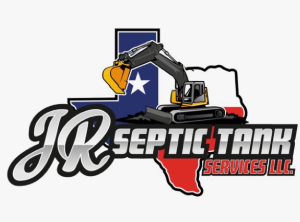Discover the Role of Routine Checks in Maintaining Your System
Finding drainage problems before they become significant issues can save homeowners time and money. When it comes to septic systems, hidden drainage issues are often the root cause of more visible problems. Routine inspections play a critical role in detecting these hidden challenges early on. Understanding how inspections work can help you maintain your system effectively.
The Importance of Regular System Checks
When you own a property with a septic system, regular inspections become essential. These checks, commonly referred to as septic inspection, involve a thorough examination of your system’s components. They assess the current state and identify potential issues that might not be immediately visible. By doing so, they ensure that small problems do not escalate into costly repairs or replacements.
Identifying Subtle Signs of Trouble
A vital aspect of maintaining a healthy septic system is recognizing early warning signs. A septic inspection allows professionals to identify subtle issues like slow drainage, unusual smells, or minor blockages. Catching these signs early helps prevent them from developing into more severe problems like system failures or backflows.
Components Checked During an Inspection
An inspection covers various parts of the septic system. First, technicians check the tank for any leaks or cracks. Next, they examine drain lines for clogs or breaks. They also look at the absorption field to see if it’s functioning correctly. These thorough checks ensure that each component works together seamlessly.
- Tank integrity assessments
- Drain line evaluations
- Absorption field monitoring
Benefits of Early Detection
Spotting drainage issues early brings several benefits. Primarily, it helps avoid expensive repairs by addressing problems when they’re still manageable. Moreover, regular maintenance prolongs the lifespan of your septic system, ensuring better performance over time. This proactive approach leads to fewer disruptions and lower overall costs.
Solutions for Detected Problems
Once a problem is identified during an inspection, there are several steps to tackle it. Depending on the issue, solutions could involve cleaning out blockages, repairing damaged components, or even replacing defective parts. Following expert guidance ensures that your system continues to function efficiently and safely.
Best Practices for Maintenance
Maintaining a septic system requires following some best practices. Avoid flushing non-biodegradable items down toilets or drains. Schedule regular inspections to catch potential issues early. Limit water usage during peak times to reduce stress on the system. Implementing these measures promotes long-term health and efficiency.
Industry Standards and Compliance
Adhering to industry standards is crucial for proper septic system management. These guidelines often dictate routine inspection intervals and specific maintenance practices. Staying compliant not only safeguards your investment but also ensures environmental protection and public health safety.
Understanding Cost Implications
While some might consider inspections an additional expense, the cost savings from preventing major issues far outweigh initial costs. Regular checks offer a good return on investment by extending the life of your system and reducing repair expenses over time.
Your Path to Effective System Management
If you’re looking to keep your septic system in top condition, understanding the importance of regular inspections is key. Located in Tyler, TX, I provide comprehensive services tailored to meet your needs. Contact me today at (903) 343-2534 for personalized solutions. At JR Septic Tank Installing & Repairing Services LLC, I am committed to helping you maintain an efficient and trouble-free system.
